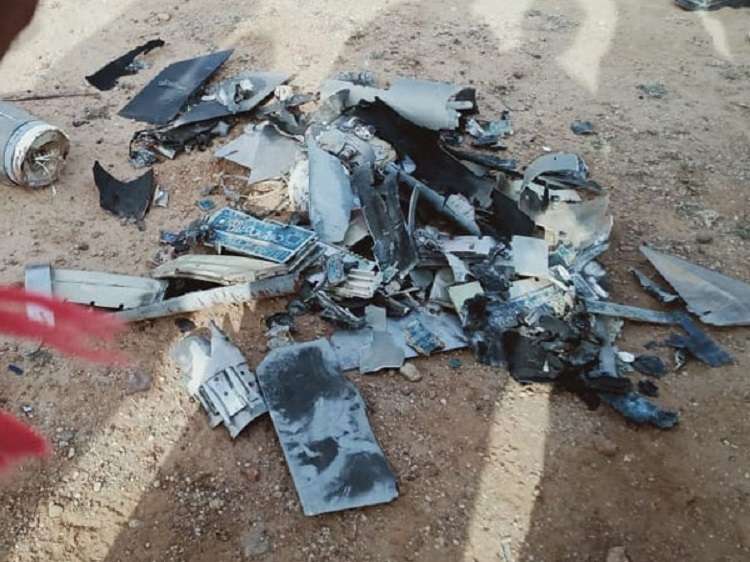In a stark reminder of the evolving security challenges along the India-Pakistan border, India’s armed forces have reportedly shot down over 600 drones originating from Pakistan in recent weeks. According to senior defence officials, these drones—used primarily for surveillance, smuggling, and potential weaponization—posed a serious threat to India’s territorial integrit
According to high-level sources in the Ministry of Defence, the drone incursions were concentrated in the border states of Jammu & Kashmir and Punjab. These unmanned aerial vehicles (UAVs) ranged from small commercial-grade quadcopters to more advanced tactical drones, capable of carrying payloads and engaging in real-time reconnaissance.
“The Indian Armed Forces remain alert and fully prepared to defend our borders. Our integrated air defence command has efficiently responded using indigenous counter-drone technologies, electronic jammers, and rapid-response ground units,” stated an official defence spokesperson.
India’s air defence network has evolved significantly in recent years, bolstered by artificial intelligence-based surveillance systems and indigenous drone neutralization platforms developed by the Defence Research and Development Organisation (DRDO). The Indian Air Force (IAF) has also intensified aerial reconnaissance and strategic air patrols across sensitive zones along the Line of Control (LoC).
Security experts believe the uptick in drone activity signals a shift in Pakistan’s approach to asymmetric warfare. Instead of conventional troop infiltration, there appears to be a deliberate push towards deploying low-cost drones for high-impact disruptions—ranging from narcotics and arms delivery to targeting critical infrastructure.
“This large-scale drone incursion is a calculated act of provocation and strategic mischief,” said Lt. Gen. (Retd.) Deepak Kapoor, former Chief of Army Staff. “It demonstrates the increasing reliance on UAVs by non-state actors and possibly the state itself.”
India has responded not only militarily but also diplomatically. The Ministry of External Affairs has lodged formal protests with Islamabad and raised the issue in bilateral and multilateral forums, including the United Nations. Officials emphasize that such repeated airspace violations constitute a direct breach of international norms and must be addressed with urgency.
The rise in drone incursions has also heightened concerns about internal security. Recent intelligence operations have uncovered evidence of arms, IEDs, and heroin being airdropped via drones, intended for terrorist modules operating in Jammu & Kashmir.
Conclusion:
The successful downing of over 600 Pakistani drones underscores both the scale of the emerging aerial threat and India’s growing competence in managing it. As the nature of modern conflict evolves, India is rapidly adapting its military doctrine and technological preparedness. However, experts caution that unless regional drone warfare protocols are established soon, South Asia may face a new frontier of persistent low-intensity conflict.



